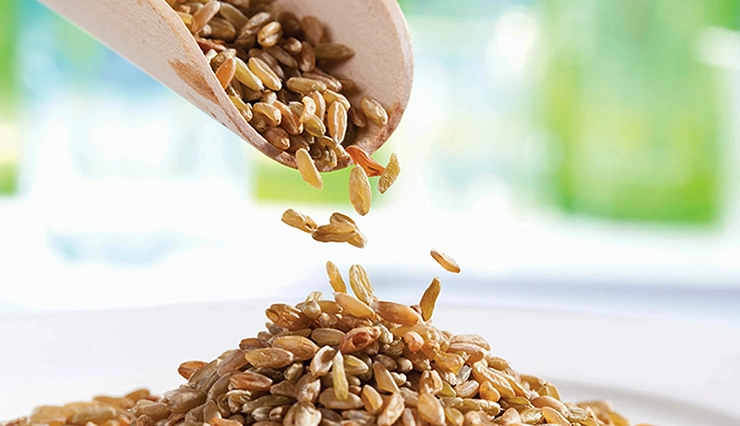
Spelt is an ancient variety of wheat that is suddenly becoming the next coveted superfood these days. Why is it suddenly gaining a popularity? That is because of its earlier unknown impressive nutritional profile and versatility in the kitchen. As we seek more wholesome, nutrient-dense foods, spelt offers a compelling blend of health benefits that make it a valuable addition to any diet.
Nutritional Powerhouse
Spelt is a nutritional gem. It is an excellent source of dietary fiber, which aids in digestion and helps maintain a healthy gut. Fiber also contributes to a feeling of fullness, which can assist in weight management by reducing the temptation to overeat. Furthermore, spelt is rich in essential vitamins and minerals, including magnesium, which is crucial for muscle function and bone health; iron, which supports energy levels and prevents anemia; and zinc, which is vital for a robust immune system.
One of spelt’s standout features is its protein content. It contains all nine essential amino acids, making it a complete protein source. This is particularly beneficial for vegetarians and vegans seeking to meet their protein needs without relying on animal products.
Lower Gluten Content
While spelt does contain gluten, it is often better tolerated by those with wheat sensitivities. The gluten in spelt has a different molecular structure than the gluten in modern wheat, which may make it easier to digest for some people. However, it is not suitable for those with celiac disease or severe gluten intolerance.
Heart Health and Beyond
The fiber, vitamins, and minerals found in spelt contribute to its heart-healthy profile. Fiber helps reduce cholesterol levels, while the high levels of magnesium can help regulate blood pressure. Together, these benefits support cardiovascular health, reducing the risk of heart disease.
Additionally, spelt’s anti-inflammatory properties are noteworthy. Chronic inflammation is a root cause of many health issues, including heart disease, diabetes, and even certain cancers. By incorporating anti-inflammatory foods like spelt into your diet, you can help mitigate these risks.
Versatility in the Kitchen
Spelt’s nutty flavor and chewy texture make it a delightful addition to a variety of dishes. It can be used in place of regular wheat in baking, adding a nutritional boost to breads, muffins, and pancakes. Whole spelt grains can be cooked and used in salads, soups, and pilafs, providing a hearty and nutritious base. Some of the dishes you may cook with it are: Spelt Pancakes, Spelt Salad with Roasted Vegetables, or Spelt Risotto with Mushrooms.
As we become more conscious of our food choices and their impact on our health, spelt stands out as a superfood that bridges the gap between ancient wisdom and modern nutritional science. Its rich nutrient profile, potential health benefits, and culinary versatility make it an excellent choice for anyone looking to enhance their diet. By embracing spelt, we not only honor an ancient grain but also take a significant step towards a healthier, more balanced lifestyle.
The post What Is Spelt and Why Is It So Great for Your Health appeared first on The Fashiongton Post.
